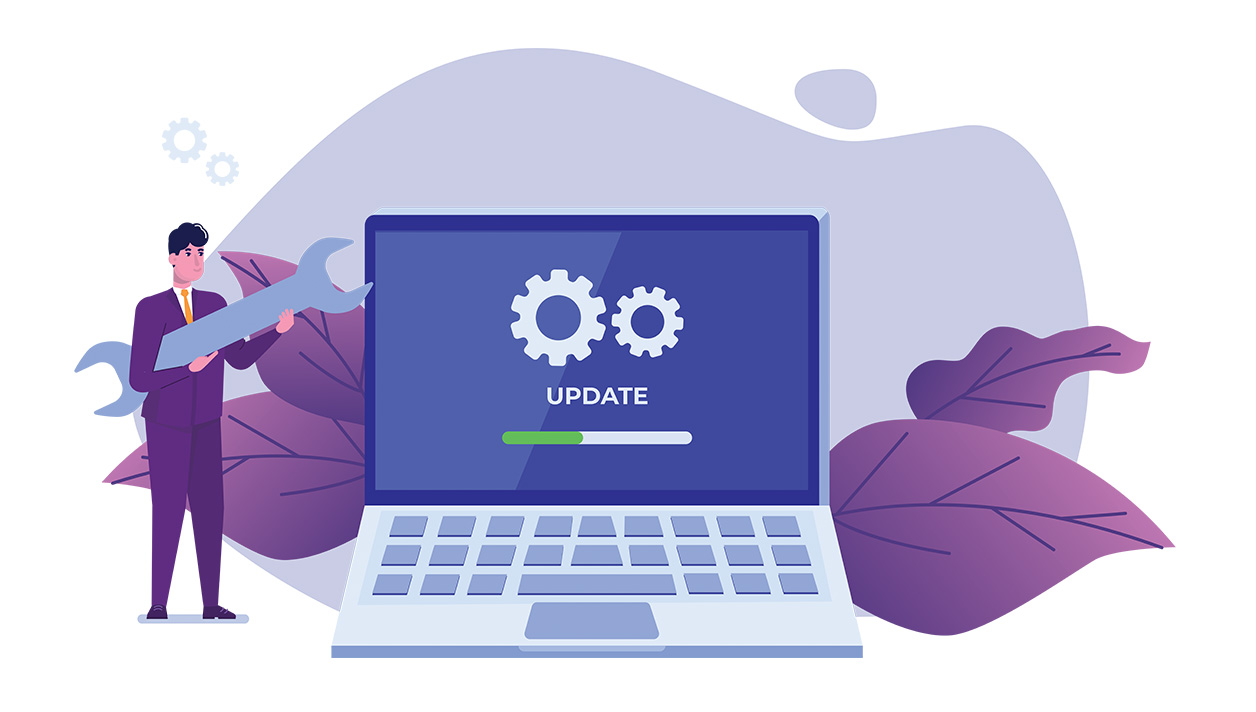When you hire new employees, whether permanent or seasonal, you likely have a structured training program that they are required to undergo upon hire. Once initially trained, is ongoing training a necessary aspect of their job responsibilities?
[gap height=”15″]
If you don’t offer any sort of recurring training for your current staff, you may want to consider implementing a program sooner than later. Sure, it takes effort; but the time and investment will be well worth it.
[gap height=”15″]
There are many reasons to retrain your employees that will prove to be beneficial to you, to your staff, and ultimately, to your customers. Perhaps you’re rolling out a new promotion, changing a policy, or planning a system upgrade that will include new features. Regardless of the reason, the first step and arguably the most important, is to clearly communicate the purpose and value of the training to your staff. If they understand the reasoning behind the training, there is a good chance that you will keep them engaged throughout, producing the most effective results.
[gap height=”15″]
The holiday season is quickly approaching and the busy season will be here before we know it. Are you planning to launch any new product or service promotions? This would be an opportune time to conduct training, so that your team can improve their sales skills, truly understand the product or service that they are selling, and how to best entice customers to make a purchase using the promotion.
[gap height=”15″][gap height=”15″]
Regular retraining will help you to set expectations for your employees and provide consistency in the services you offer.
[gap height=”15″]
Changes to processes or in your company policies are also tremendous reasons to retrain staff, especially when the changes might directly affect your customers. For example, maybe you are adjusting your process for determining a new tanner’s skin type by implementing the Fitzpatrick Survey feature included with one of your Point of Sale system’s latest versions. You want to make sure that the process change is clearly defined, that your staff knows their responsibilities and how to use the survey to properly skin-type a salon guest. In addition to the standard classroom-type training session, a great way to accomplish these goals is to create an environment where your employees can get hands-on practice at their own pace with a training database, so as to not affect your live data.
[gap height=”15″]
When developing staff training programs, be sure to remember that everyone learns a little differently, and that it’s important to adjust your methodology based on the individual. Following training, the best way to ensure that material is retained is to enlist feedback via an anonymous survey. This is especially important when training on process changes – if they are able to candidly express their opinions, they may even offer some great suggestions for additional improvements that you may not have thought of initially. And if your employees feel that their opinions are valued, they will be more inclined to remain an employee for the long-term.
[gap height=”15″]
Regular retraining will help you to set expectations for your employees and provide consistency in the services you offer. Well-trained staff will flourish with their enhanced skill set. They will sell more with heightened confidence and forge stronger relationships with your customers, all resulting in expanded success for your business.
[gap height=”15″][gap height=”15″]





























